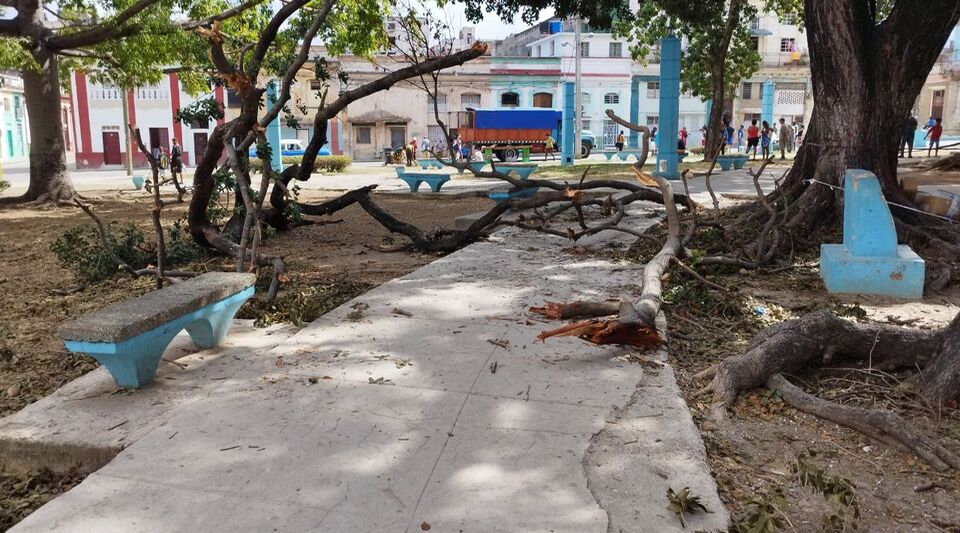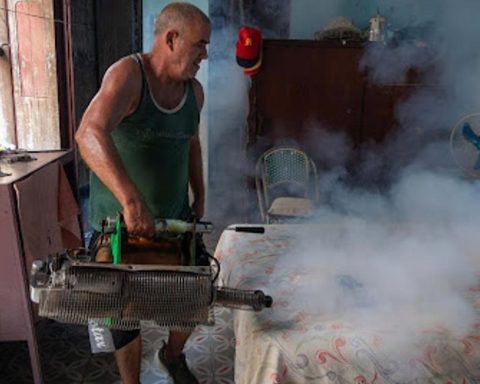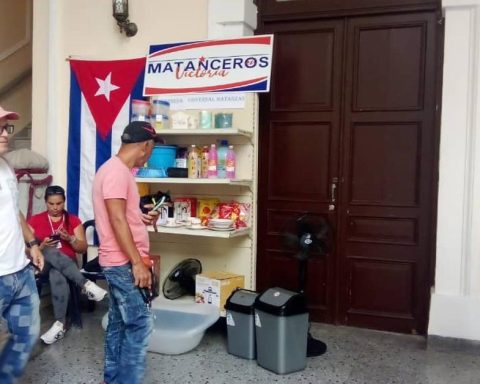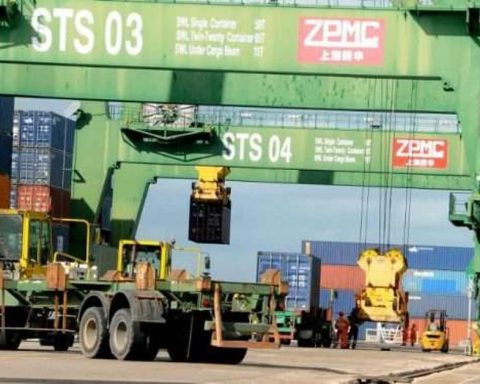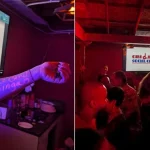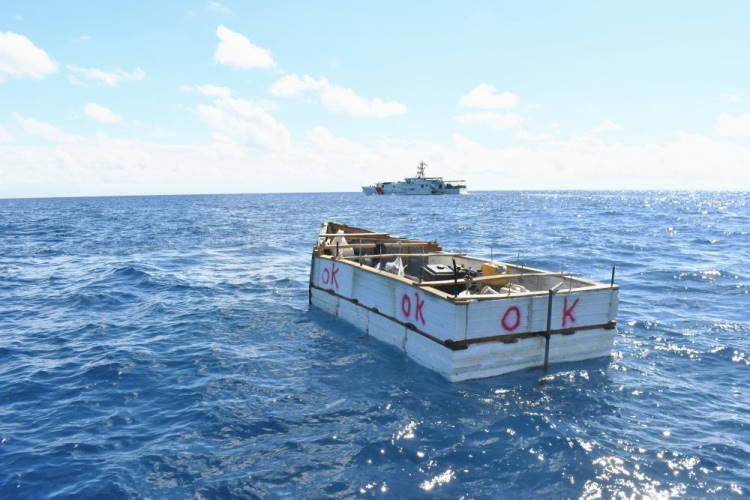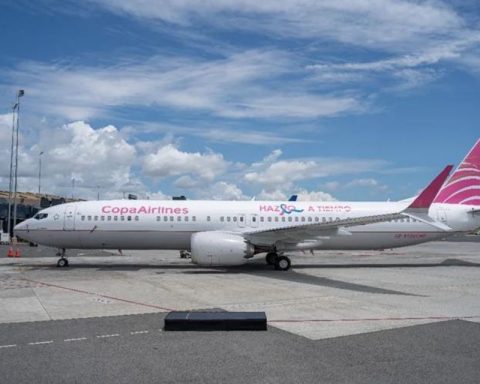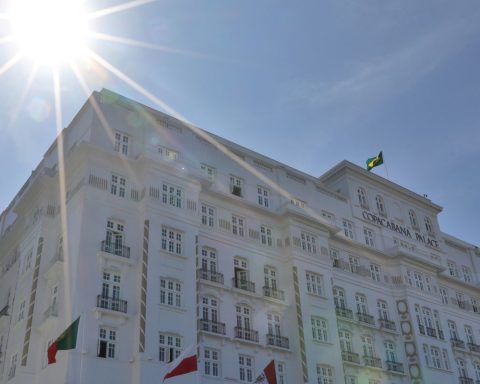Although Hurricane Ian crossed Cuba seven weeks ago, the residents of Key West, in Havana, have already become accustomed to the landslides and the walls stained by humidity. The rough and grimy buildings, as well as the potholes in the streets, were part of the landscape long before the cyclone. But now, in addition, you have to live with the huge branches that the wind tore from the trees in Trillo Park.
To go from one street to another, you have to skirt the poorly paved promenade, where the benches and the occasional monument are also neglected. No worker from the Community Services, nor the firefighters or the Armed Forces –whose support after the cyclone was proclaimed by the official press– have removed the formidable segments from the road.
“In this neighborhood everyone has gone to see the volcanoes”, lament the neighbors, who quickly crowded into one of the streets surrounding the park when an old cargo truck appears. The vehicle travels every week from Villa Clara and exposes its merchandise – it is not known if with permission or secretly – of meats, fruits and vegetables.
The vehicle travels every week from Villa Clara and exposes its merchandise – it is not known if with permission or secretly – of meats, fruits and vegetables
“Pineapples, for example, cost me 100 pesos in the San Rafael market, which has become impossible,” complains one of the women waiting her turn in line. “But in the truck I buy them for 25. They are smaller but they are not bad.”
Sitting on the curb of Trillo Park, trying to avoid the dirt and desolation, the inhabitants of Key West put their hope in the vehicle to buy the food they need for the week.
A pound of malanga – “the kind that softens”, clarifies the seller – or guavas costs just 30 pesos, a pot of chili peppers costs 40 pesos, and beans –black or red– are purchased for 140 pesos. Compared to the prices of In the capital, a pound of rice at 55 pesos is cheap, although the bundle of onions costs 80 and a “leg” of garlic does not go below 400 pesos.
The ruin of public areas after Ian’s passage is not unique to Key West. Throughout Havana you can see the presence of uprooted trees, broken branches, leaves and roots that no one will clean up.
In the vicinity of the so-called “twenty floors” of Centro Habana, in Zanja and Hospital, the residents not only have to fence their houses to protect themselves from robberies and the growing violence on the island, now they also contemplate, from their balconies, a old split trunk that, as if that were not enough, also destroyed the pavement.
________________________
Collaborate with our work:
The team of 14ymedio He is committed to doing serious journalism that reflects the reality of deep Cuba. Thank you for accompanying us on this long road. We invite you to continue supporting us, but this time becoming a member of our newspaper. Together we can continue transforming journalism in Cuba.
